Home > Fireplace Blog > 7 Step Process To Buying a Fireplace
A fireplace is more than just a heat source—it's a central feature that enhances comfort, ambiance, and home value. Choosing the right fireplace requires careful consideration of fuel types, venting options, and design compatibility. Whether you prefer natural gas, propane, electric, or wood, each fuel type has distinct advantages.
This article walks you through the entire a 7 step process, from selecting the right model to installation and annual maintenance. Whether you're upgrading an old fireplace or installing a new one, this resource will help you make an informed decision.
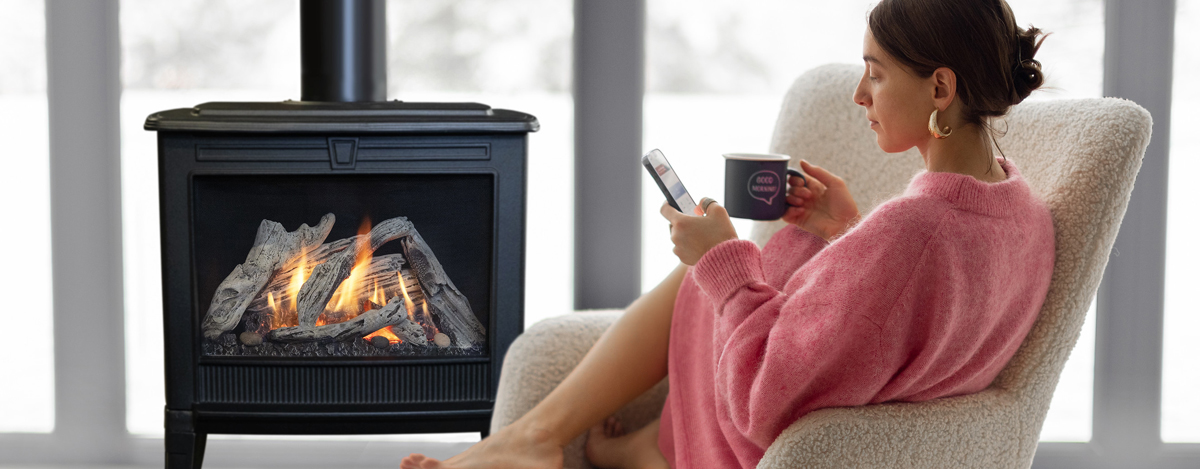
Step 1: Finding the Right Fireplace for Your Home
Choosing the right fireplace starts with understanding the different types available. Your decision will depend on your home's layout, heating needs, and aesthetic preferences.
Types of Fireplaces
- Built-in fireplaces - Ideal for new construction or major renovations. These units are designed to seamlessly integrate into walls and architectural designs.
- Fireplace inserts – A great solution for upgrading existing fireplaces. These units fit inside a traditional wood-burning fireplace, improving efficiency and functionality.
- Freestanding stoves – These provide high heat output and can be placed in various locations, offering more flexibility in home design.
- Wall-mounted or built-in electric fireplaces – Perfect for modern spaces, offering easy installation with no venting required.
Choosing the Right Fuel Option
Once you've selected the fireplace type, the next step is determining the best fuel source. Consider the following:
- Gas fireplaces – These run on natural gas or propane, offering efficiency, ease of use, and remote control operation.
- Wood-burning fireplaces – Traditional and cozy, but require regular maintenance and a steady supply of wood.
- Electric fireplaces – Simple and convenient, requiring only a power outlet with no need for venting.
Understanding Venting Options
Venting is crucial for safety and efficiency. Different fireplaces have different venting requirements:
- Direct vent fireplaces – Pull in outside air for combustion and release exhaust through a sealed vent system.
- Vent-free fireplaces – Do not require external ventilation but must meet strict safety standards.
- Traditional chimney venting – Common for wood-burning fireplaces, requiring a properly maintained chimney to expel smoke and gases.
Choosing the right venting system ensures heat retention, safe operation, and energy efficiency.

Step 2: Finding a Dealer & Scheduling a Consultation
Working with an authorized Valor Fireplace dealer ensures your fireplace is properly installed and meets all local building codes. These dealers are trained to provide expert guidance on selecting the right model, venting requirements, and customization options.
Visiting a showroom allows you to see different models in person, feel the materials, and explore fireplace accessories like decorative surrounds or heat distribution kits. Some dealers also offer virtual consultations, making the sales process even more convenient.
To find your nearest Valor dealer, use the Valor Fireplaces Dealer Locator. During your consultation, discuss your heating needs, available space, venting requirements, and budget. Your dealer will guide you through the best options while providing information on warranties, financing, and installation timelines.
Step 3: Home Assessment & Pre-Installation Inspection
A home assessment is an important step before installing your fireplace. Professionals will evaluate whether your space is suitable by inspecting venting, gas lines, and electrical connections. They will also check for clearances and airflow to ensure compliance with safety regulations.
If you're upgrading an old fireplace, additional modifications may be required to meet modern safety and efficiency standards. Whether installing a gas, wood-burning, or electric unit, a thorough inspection helps prevent unexpected complications and ensures your fireplace will function properly once installed.
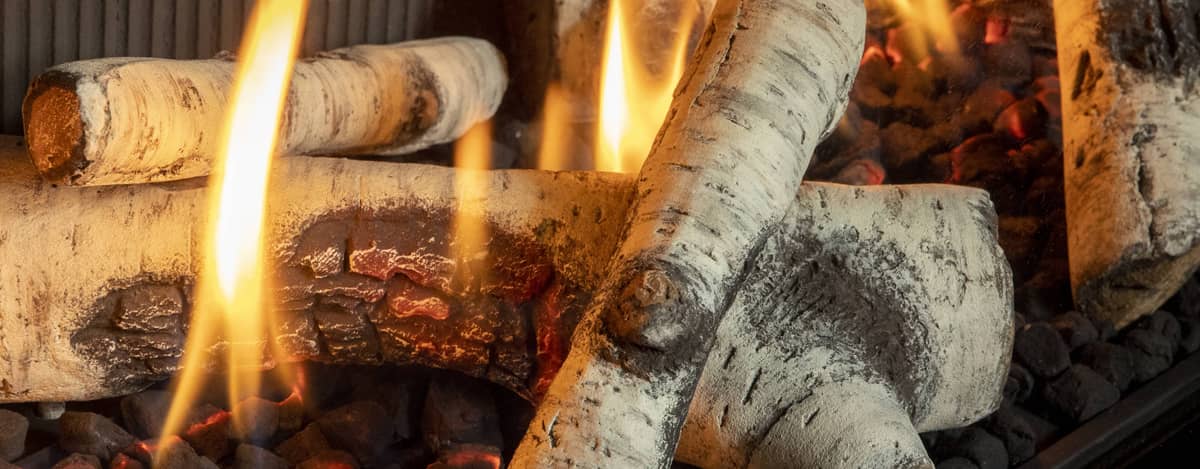
Step 4: Selecting & Customizing Your Fireplace
Once you’ve chosen your fireplace, you can customize it to fit your style and heating needs. Interior design elements like logs, stones, or glass can create the perfect aesthetic, while surrounds, mantels, and decorative fronts add a personalized touch.
Control options vary from traditional wall switches and remote controls to smart home integration that allows you to adjust the temperature from your phone. Fireplace accessories such as blowers and programmable thermostats can improve heat distribution and enhance efficiency.
To visualize your ideal fireplace, use the Valor Fireplaces Design Center to experiment with different styles and features.
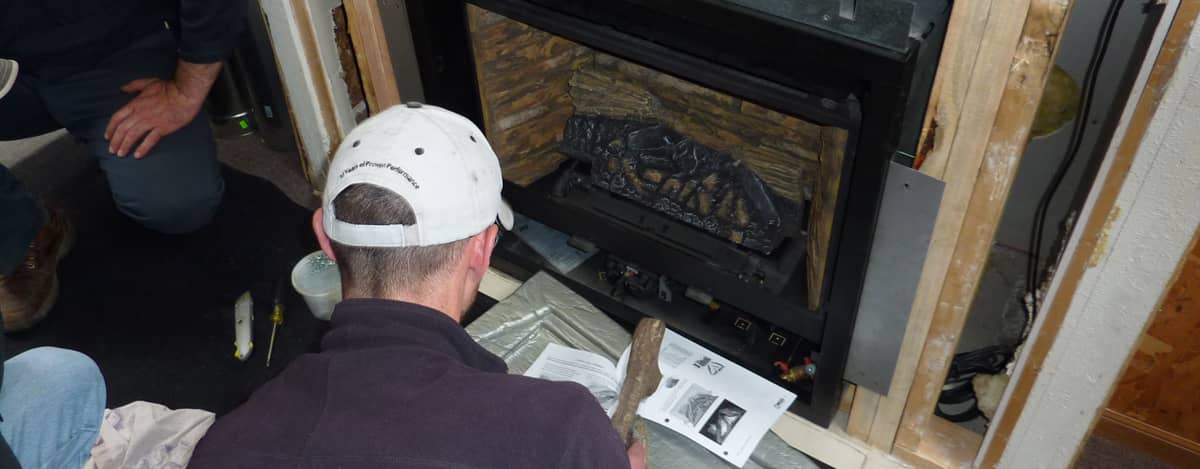
Step 5: Ordering & Installation Process
Once you’ve finalized your selection, placing an order involves confirming the specifications, lead times, and any necessary customization. Be sure to communicate clearly with your dealer to avoid delays.
Preparing for Installation
To ensure a smooth process:
- Clear the space by moving furniture and protecting the flooring.
- Ensure proper ventilation to maintain safe airflow.
- Confirm access to allow professionals to bring in and set up the fireplace efficiently.
On installation day, professionals will handle the setup, connect the necessary components, and test the unit to ensure it operates safely and efficiently. This step completes your fireplace transformation, enhancing both function and design in your home.
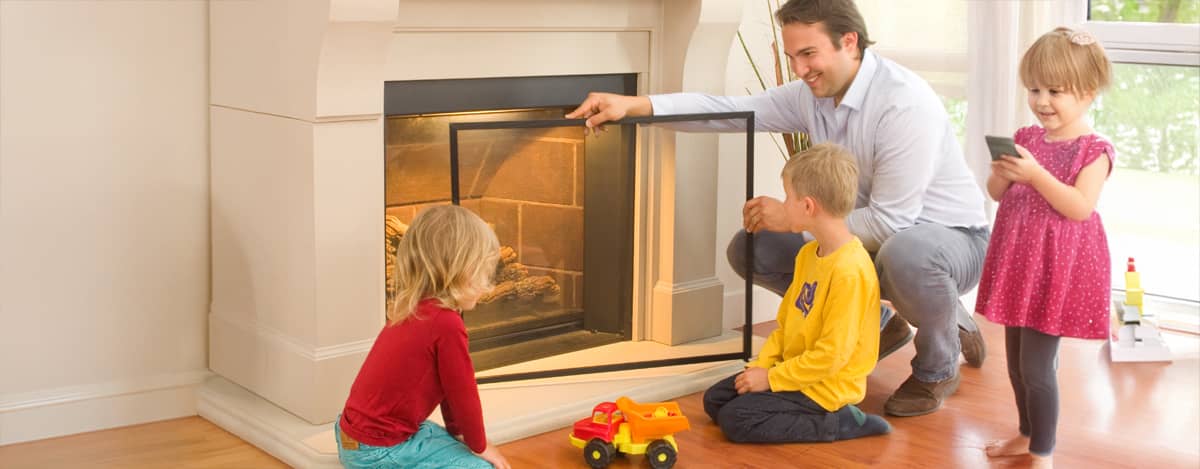
Step 6: Post-Installation Care & Maintenance
Regular annual maintenance is essential for keeping your fireplace in top condition. The specific care requirements depend on the type of fireplace you own.
For wood fireplaces, routine chimney cleaning is necessary to remove soot and creosote buildup, while ash removal keeps the firebox clean and maintains proper airflow. Gas fireplaces require periodic burner checks, glass cleaning, and venting inspections to ensure safety and efficiency. Electric fireplaces need occasional dusting and component checks to keep them running smoothly.
Scheduling annual maintenance with a certified technician helps identify potential issues before they become major problems. It also ensures that your fireplace continues operating efficiently, providing consistent warmth throughout the colder months.
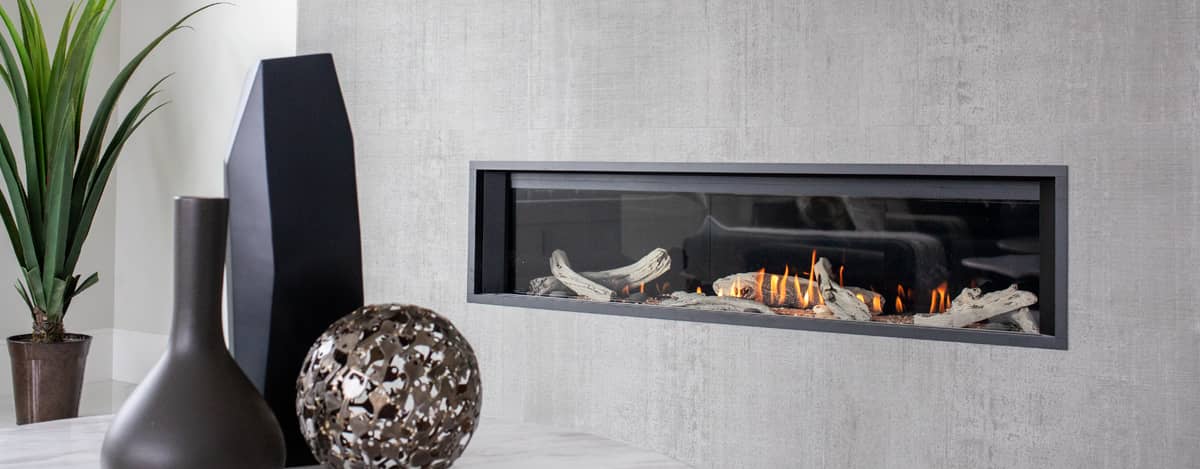
Step 7: Finalizing Your Decision & Ensuring Long-Term Value
The final step in the buying process is making sure you select a fireplace that meets your long-term needs. Consider these factors before finalizing your purchase:
1. Evaluating Long-Term Cost Efficiency
- Gas fireplaces offer high efficiency with lower fuel costs compared to traditional heating systems.
- Electric fireplaces provide a low-maintenance option with flexible installation.
- Look for models with smart thermostats and programmable controls to improve heat regulation and reduce energy waste.
2. Understanding Additional Features and Accessories
- Remote controls and Wi-Fi compatibility offer convenience and better temperature control.
- Blowers and fans help distribute heat more effectively, improving warmth without increasing fuel use.
- High-efficiency ratings indicate better performance and cost savings over time.
3. Confirming Warranty and Dealer Support
- Ask about warranty coverage for parts, labor, and maintenance.
- Ensure your dealer offers post-installation support, including troubleshooting and professional servicing.
4. Scheduling Your First Service Appointment
- Proper fireplace maintenance ensures optimal performance and extends the lifespan of your unit.
- Gas and electric fireplaces require regular check-ups to maintain efficiency and safety.
By considering these final details, you’ll ensure that your fireplace is not just a purchase, but a long-term investment in comfort, efficiency, and home value.
Conclusion
This article has outlined the essential steps for choosing the right fireplace, working with a dealer, conducting a home assessment, and customizing your unit. Each phase ensures a seamless installation and optimal performance.
Regular annual maintenance helps extend the life of your fireplace, keeping it safe and efficient. Staying proactive with upkeep ensures long-term enjoyment and prevents costly repairs.
For expert advice and support, consult certified professionals who can help maintain your fireplace as a cherished home feature.
Table of Contents
